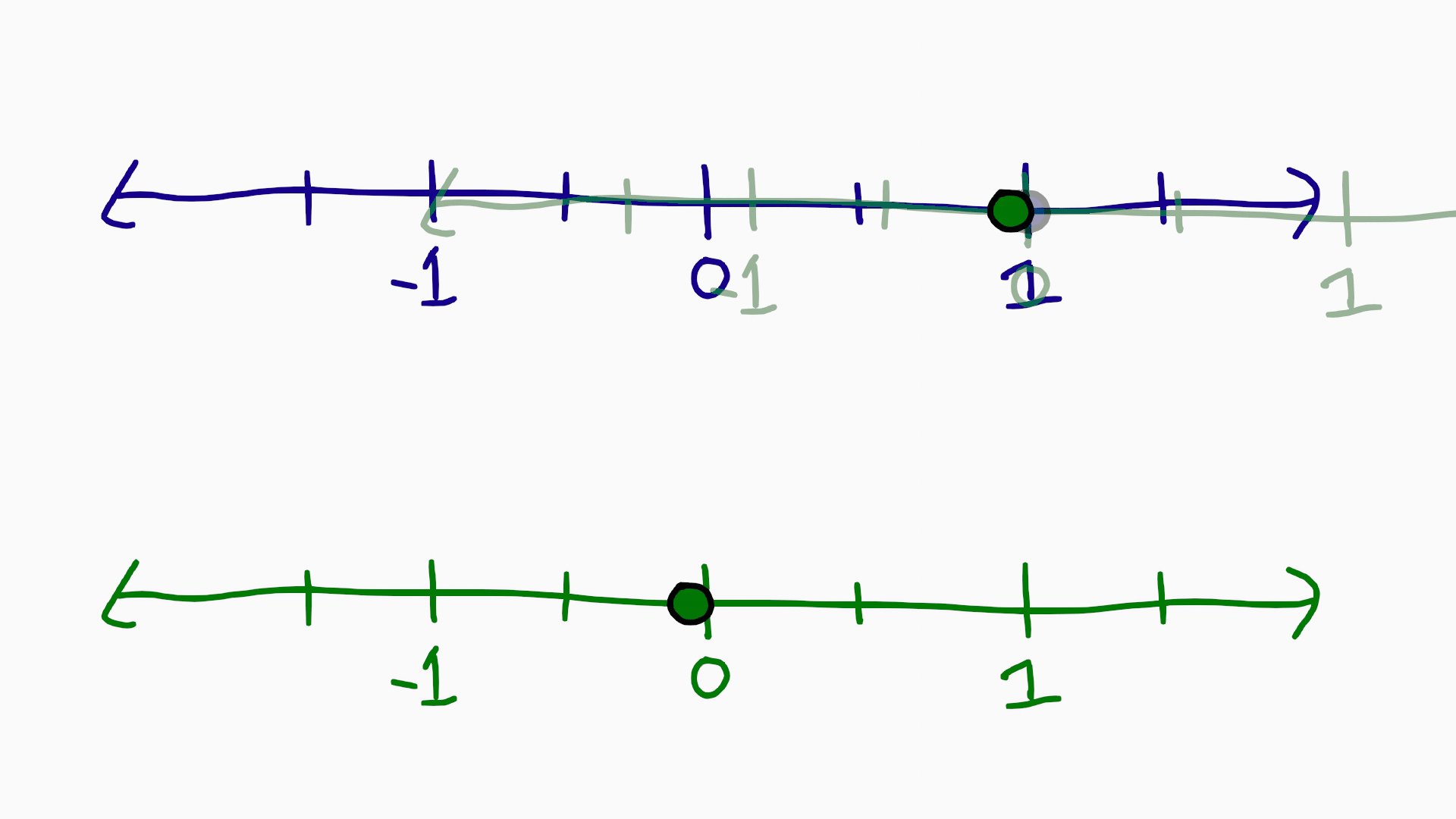Mariano Guerra 🕰️ 2025-06-13 13:05:32 Wasm visual interpreter update:
block, loop, break, break if, i32 comparison ops
function inspector and switcher
Paul Tarvydas 2025-06-18 21:44:21 brainstorming:
- A friend was fooling with a midi/mixer control surface as a layered interface to a bank of apps/subdirectories. A grid of buttons, push into one then get a sub-grid of buttons within it, or, open the app.
- IMO, software is just soft hardware. What ideas come to mind for simulating a Z controller before committing to hardware? It seems that an obvious choice might be to put a 2nd scroll bar next to the Y scroll bar. The 2nd scroll bar might be "Z"oom in/out and it might be shaped in a more triangular manner than just a rectangular movable thumb on a rectangular bar. In an orthogonal vein: Ivan Reese posted some interesting looking circular knob ideas.
- 2 sliders, one to control scrollable thing, one to control resolution of 1st slider.
- veering even further away from the original thread, there are ZUIs like EagleMode.
📝 Eagle Mode
Homepage of Eagle Mode (eaglemode) - a zoomable user interface (ZUI) with file manager, file viewers, audio/video player, games, fractals, and C++ toolkit API.
Ivan Reese 2025-06-19 14:40:53 I'm still thinking a lot about what a "point literal" or a "vec literal" means in the context of visual programming.
In text we have "string literal", it has a bunch of affordances. In visual/spatial/tangible/etc programming, we'd probably want other primitive types with their own set of affordances. So point and vec, obviously. I wonder what else we'd want, and how it would look and act.
Tom Larkworthy 2025-06-19 14:47:25 grammar of graphics makes me think about data spaces. a dataset occupies a place within a data space, which is not a million miles from a table (dataset) SQL schema (space).
You can look at a dasaset as a tabular dataframe OR slice into a million possible configuration of a data chart. So dataframe or chart are projections of the same underlying dataset. I quite like things that allow you to view the same thing from different angles.
Your examples make me think you are thinking lower level but I do think its more user friendly to think at the higher level.
Ivan Reese 2025-06-19 15:06:43 I'm thinking of "point literal" as, like, a little ball I can hold in my hand, and "vec literal" as an arrow between two balls I can juggle.
Tom Larkworthy 2025-06-19 15:11:06 ah right, useful marks in a space. Then I would say vectors/arrows have a start and end, but its also useful to have a infinite line (a ruler?) for binary space partitioning.
Is a circle a thing you consider in scope or is that a composite? its a point + radius, could be defined by just an arrow though
Tom Larkworthy 2025-06-19 15:13:12 actually even the rule is specified by an arrow/vec, its pretty strong that one.
Tom Larkworthy 2025-06-19 15:21:06 I think for visual programming maybe there is a lot of interesting typed spatial operators like locus so a point+ locus:1d = circle. And one you have areas then there is interesting things like is the point inside the area or intersections of areas (binary spatial operators) to create new areas with stranger shapes. Maybe a missing low level one is a curve, that has a bit more dimensionality than a vec and can represent things otherwise unrepresentable.
Robin Allison 2025-06-19 23:33:39 One example I remember from several years ago was 'bouncy numbers', which are these oscillating points. In general I'm a fan of the proliferation of primitive visual/dynamic types because even though you can represent them in text they are really their own thing. mobile.x.com/prerationalist/status/1440442305710723072
🐦 prerat (@prerationalist) on X: intro to "bouncy numbers"! 🧵
(I have been wanting to explain this for a while, and I don't think my current explaining approach is perfect, but it's good to start with something!)
there's a punchline, but I'm gonna start by introducing "bouncy numbers" as their own thing
1/

Ivan Reese 2025-06-20 06:28:14 Sidebar: Is there a good way to view content on X without logging in?
J. Ryan Stinnett 2025-06-20 09:49:58
🐦 prerat on Twitter: “intro to "bouncy numbers"! 🧵
(I have been wanting to explain this for a while, and I don't think my current explaining approach is perfect, but it's good to start with something!)
there's a punchline, but I'm gonna start by introducing "bouncy numbers" as their own thing
1/ https://t.co/Ke5a0hTE5h”
misha 2025-06-21 08:11:45 in terms of "ui widget for vectors" it needs to support precise editing (like plain text allows), but maybe limit input to valid values, e.g. dropdown with ints only, or enum, or range. Visualization "token" is trickier, because you would not be able to see a difference between 48º and 49º lines of the size of, say, capital letter.
(can't find demo of dev env with clock-like widgets for pointing to references spatially, but those are often... not useful to look at)
misha 2025-06-21 08:23:41 actually, what does "literal" even mean in visual prog context?
"dedicated representation"? "ease of creation via user input"? "no indirection", but GUI is already indirection...
this might have something relevant vis.csail.mit.edu/pubs/varv.pdf
Ivan Reese 2025-06-21 14:07:27 The "what does literal even mean" question is why I'm so obsessed with this.
As for precise editing, yes.. maybe. Sometimes. It depends, right? Compare with numbers (floats, esp), rather than strings, in this regard.
misha 2025-06-21 16:57:03 wiki's definition boils down to " literal is a textual representation", huh.
in that sense – vpl vec literal is just a ui widget, regardless of what it looks like.
